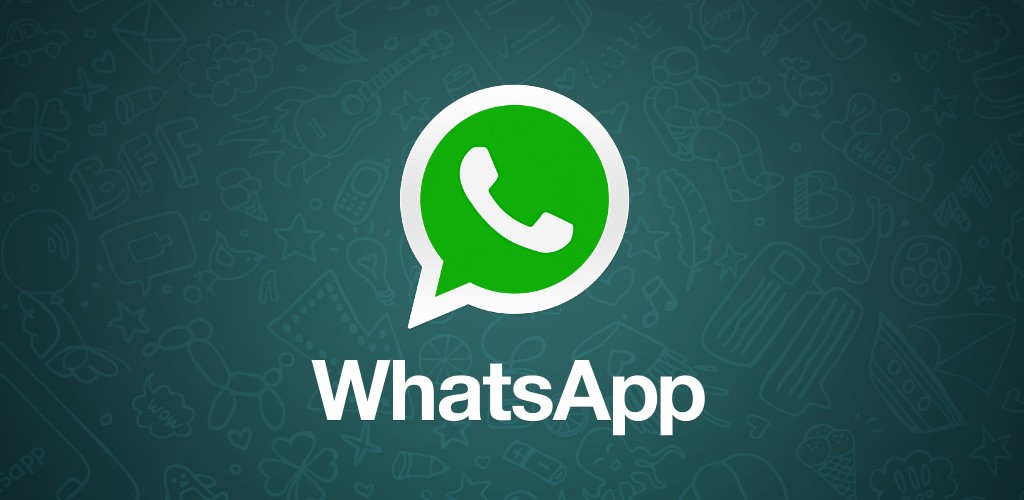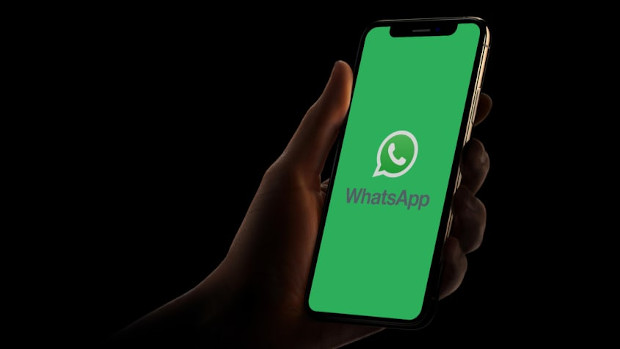Now that the European Union has set an official deadline for all phones sold in its member countries to include a USB-C connector, Apple has 24 months to create one.
The EU’s standard charger directive for mobile devices was just issued and will go into force later this month. Its 27 member countries will then have until December 28, 2024 to put them into effect.
In June, EU lawmakers agreed on laws requiring all phones, tablets, and cameras sold in the EU that use wired charging to include a USB-C connector. Negotiations between the European Parliament and the European Commission to require a common charger for electronics began over a decade ago, with the initial target date of fall 2024.
While addressing at The Wall Street Journal’s Tech Live conference in October, Greg Joswiak, Apple’s senior vice president of worldwide marketing, stated that the company will “clearly” have to “comply” with the rule.
“We have no choice,” Joswiak said when asked about when iPhones with USB-C ports are expected. Joswiak did not specify if products, including iPhones, sold outside the EU will also have the port.
Apple iPhones use the Lightning charging port now for wired charging, and the European market is an important one for Apple that it can’t ignore. The company holds around 23% of the smartphone market share in Europe, according to Strategy Analytics’ 2021 smartphone sales research. Apple did not immediately respond to Insider’s request for comment.
At the WSJ conference, Joswiak said he “doesn’t mind governments telling us what they want to accomplish,” but that Apple’s engineers are “pretty smart.” For example, he said, Apple’s engineers made “an industry standard” hearing aid for iPhones after the US government made a regulation for mobile phones to meet a hearing aid compatibility that he said didn’t work.
The European Parliament said in its press release in June that the common charger legislation is “part of a broader EU effort to make products in the EU more sustainable, to reduce electronic waste, and make consumers’ lives easier.”
Joswiak said Apple thinks a better approach to cutting e-waste would be for “over a billion” Apple customers to not have to throw away their Lightning chargers when they have to make the switch. He added that Apple has detachable charging cables and USB compatible power adapters that anyone can use.
An estimated 11,000 tons of e-waste are made each year from thrown away and unused chargers, the European Parliament said. The USB-C charger could save people up to 250 million euros a year, it said, because they won’t have to buy different chargers.
Theoretically, Apple could technically avoid having to follow the rule by making an iPhone that charges exclusively wirelessly, according to The Verge, since the EU legislation mentions the law applies to devices that use wire chargers.
But ditching the charging port on iPhones would be a much larger shift for Apple than changing to USB-C, though Apple has made the decision to remove ports on its products in the past, famously being one of the first major smartphone makers to get rid of the traditional headphone jack with the launch of the iPhone 7.



